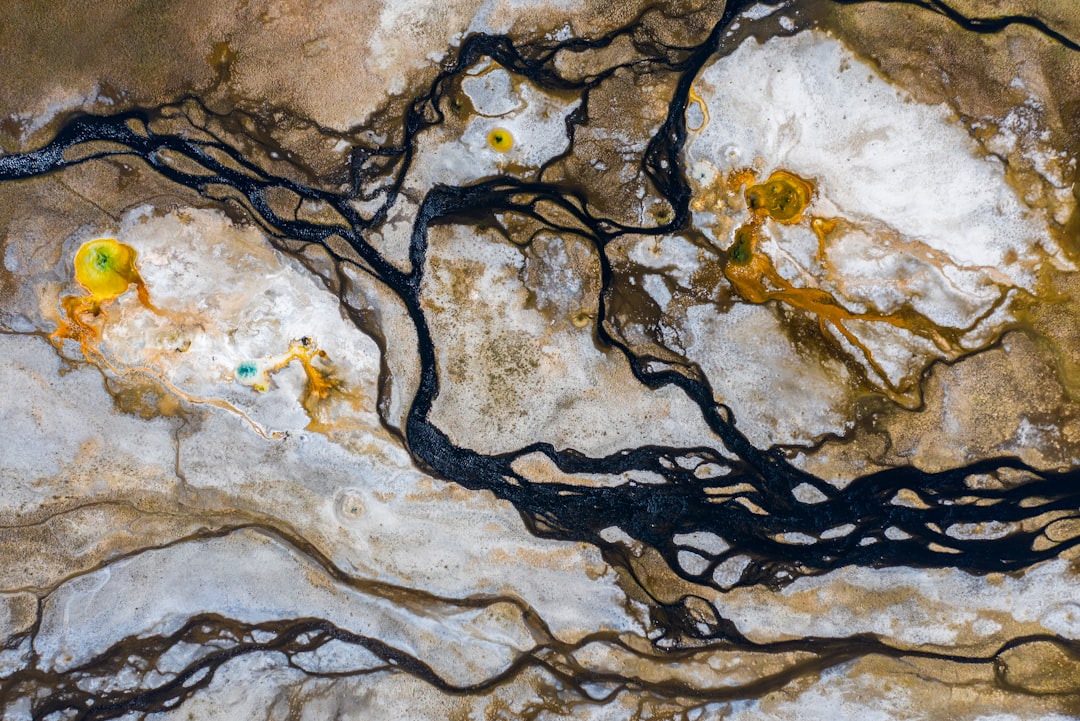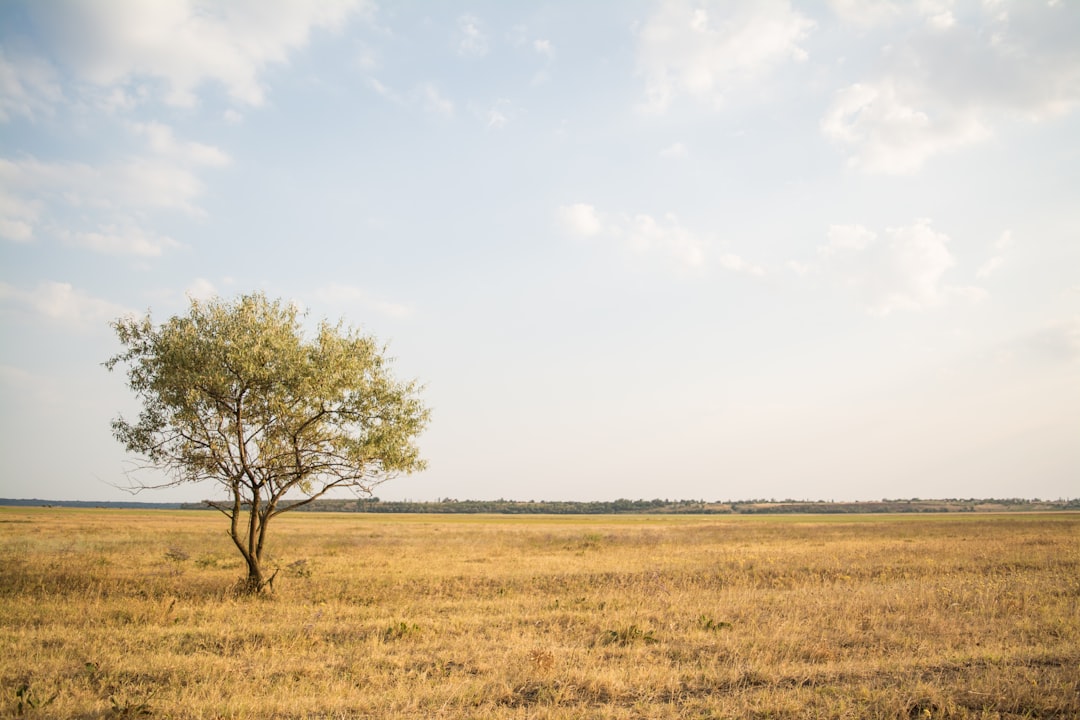What is it about?
Wildfire is a keystone process affecting the composition, structure and health of western North American forests. An understanding of factors that controlled the frequency and severity of wildfire in historic times may be useful in restoring resiliency to these forests. In this study, tree-ring evidence was used to reconstruct multi-century long histories of fire frequency and seasonality for 10 sites in the eastern Great Basin USA. These histories were then compared to regional reconstructions of climate variability. Across the region, fires were most common during dry years that were preceded by one or more years of above average precipitation. Fires were least common after extended periods of drought, suggesting that fires were historically fuel limited. These fire probabilities were related to the occurrence of multi-year climate cycles known to vary with variability in surface temperatures in parts of the Pacific Ocean (i.e. El Niño Southern Oscillation and Pacific Decadal Oscillation). Evidence revealed that fires were most common in the early and later part of the fire season, but not during the middle part. In this region, lightning-caused fires are most common in the mid-season, inferring the importance of Native American ignitions to past fire regimes.
Featured Image
Why is it important?
Results suggest that to restore the resiliency associated with long-term historical fire regimes, informed application of timely human ignitions may be required.
Read the Original
This page is a summary of: Climate and human influences on historical fire regimes (AD 1400–1900) in the eastern Great Basin (USA), The Holocene, October 2015, SAGE Publications,
DOI: 10.1177/0959683615609751.
You can read the full text:
Contributors
The following have contributed to this page










